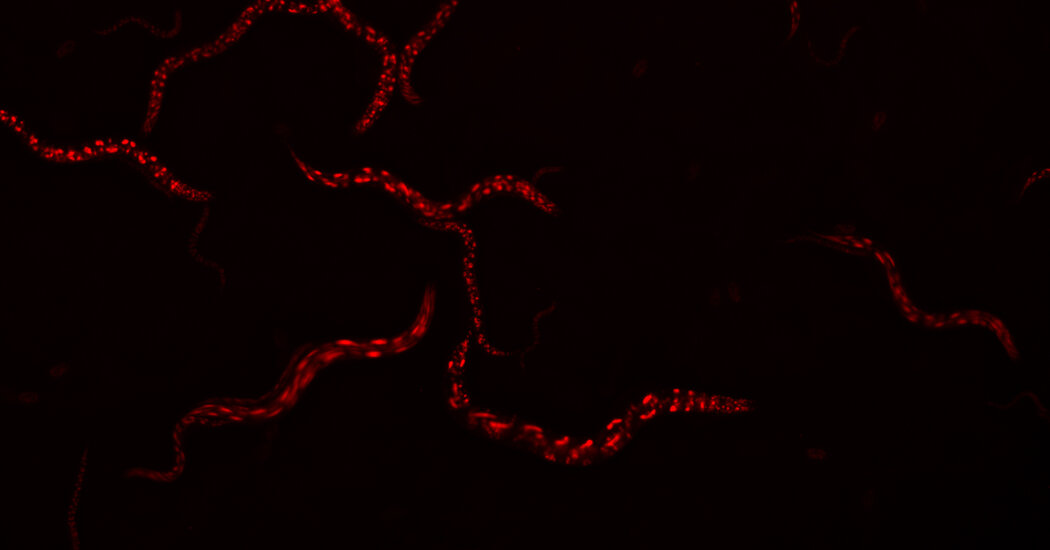When scientists win the Nobel Prize in Physiology or Medicine, they typically thank family and colleagues, maybe their universities or whoever funded their research.
This year, as the molecular biologist Gary Ruvkun accepted the most prestigious award of his career, he spent a few minutes lauding his experimental subject: a tiny worm named Caenorhabditis elegans, which he called “badass.”
“No one ever thought to use that term for a worm,” he said during a news conference. “We are asserting ourselves now, and I was asserting this before the Nobel-stinking-Prize.”
This isn’t the worm’s first brush with international stardom, nor is it the first time C. elegans has been thanked for aiding award-winning work. Dr. Ruvkun’s award was actually the fourth Nobel Prize resulting from C. elegans research, cementing the lowly soil worm’s outsize role in scientific discovery.
The one-millimeter nematode has helped scientists understand how healthy cells are instructed to kill themselves and how the process goes awry in AIDS, strokes and degenerative diseases. (That work was the subject of the 2002 Nobel Prize in Physiology or Medicine.)
Self-proclaimed “worm people” were recognized by the Nobel committee in 2006 for discovering gene silencing, which became the basis for an entirely new class of drugs. Two years later, the chemistry prize went to scientists who used nematodes to help invent cellular “lanterns” that allowed biologists to see the inner workings of a cell.
